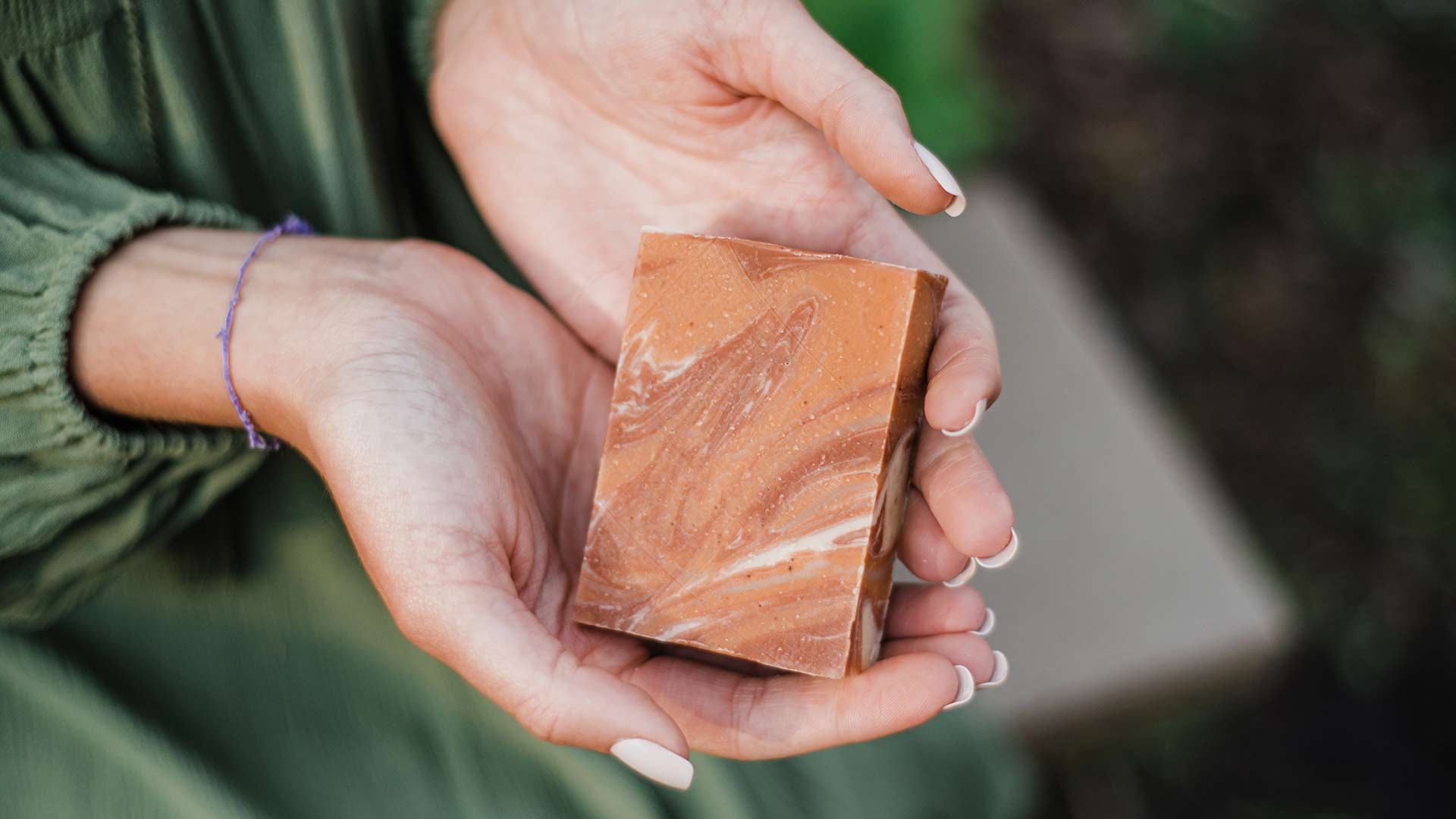Shampoo bars vs liquid shampoo: which is best for your hair?
Shampoo bars vs liquid shampoo—what should you be going for when it’s time to wash your hair?


Shampoo bars vs liquid shampoos has become the ultimate battle of the beauty industry.
While shampoo bars have been around for a while, they’ve only recently—in the last couple of years or so—started to gain popularity. And so, our quest for the best shampoo bars began.
Originally most popular among people who love to travel thanks to the fact that there’s no need to worry about potential leaks, spillage, or explosions—no one needs a Ross-style shampoo emergency—there’s also the fact that shampoo bars don’t take up much space. Plus there’s the added benefit of them being good for both the planet and the environment.
In fact, it’s actually the eco-friendly reasons that have catapulted them into the limelight, especially now we’re all embracing sustainable living and are taking more active steps to protect the world around us. However, as with everything, there are pros and cons when it comes to shampoo bars, but the question on everybody’s lips is how do they compare to traditional liquid shampoo? We’ve looked into the main differences between the two...
- Want to ditch liquid shampoo? Our Ethique shampoo bar review reveals whether the Mintasy solid shampoo bar is worth the hype.
What is a shampoo bar?
First, it’s important to know what a shampoo bar actually is—and, unsurprisingly, it’s pretty obvious. A shampoo bar is a solid version of liquid shampoo and they work in much the same way; instead of squeezing shampoo into the palm of your hand, it’s simply a case of wetting the bar to activate the foam, and then massaging it into damp hair. Shampoo bars work to cleanse hair and remove product build-up, and just like regular shampoo, they are available to suit all hair types.

Are shampoo bars as effective as liquid shampoo?
In short: yes, but they can take some getting used to. Your hair will have to adjust by going through a transitional period where it might feel waxy or sticky—rest assured, it's only temporary.
The key is to invest in well-formulated shampoo bars—or learn how to make shampoo bars at home—and ensure it’s made with surfactants, which combine with dirt, grime, and oil present on the scalp and are then rinsed away when you wash the shampoo out.
What are the benefits of using a shampoo bar vs liquid shampoo
Cost
Shampoo bars tend to be much more cost-effective in comparison to liquid shampoo. One standard shampoo bar should see you through around 80 washes, which is around one and a half bottles’ worth of a standard bottle. After prolonged use of shampoo bars, some people find they can skip conditioner, too, which will also save money in the long term. Sounds pretty good to us.
Convenience
We've briefly touched on their efficiency as shampoo bars omit the risk of mid-flight leakages, but they are also so much more convenient too. Often, shampoo bottles can get slippery in the shower or the lids can be hard to open, but it’s safe to say you’ll never have those problems with shampoo bars. They also take up much less room in the shower as bars can be stored in small tins or on soap trays—a lot handier if you have limited space in your bathroom.
Eco-friendly
One of the main draws of switching from liquid shampoo to a shampoo bar is the eco-credentials that they carry. Thankfully, more and more of us are becoming much more environmentally conscious—we’re recycling more than ever, and are more aware of the damaging effects that plastic pollution can have on the oceans. Part of that includes trying to reduce plastic usage, which means replacing plastic shampoo bottles with a solid, biodegradable bar that will likely come in recyclable packaging is a win-win situation.
Use of natural ingredients
Along with having eco-friendly packaging and biodegradable formulas, shampoo bars are almost always all-natural, too, which means they don’t contain any chemicals that go into waterways and cause potential harm to wildlife. Shampoo bars tend to be made from organic ingredients, don’t contain any artificial fragrance (which is especially good for those with sensitive skin) and most are also free from things like sulfates, which can cause dryness and irritation in certain hair and scalp types—read more on what sulfates do to hair in our in-depth guide.
- Does shampoo expire? Here's everything you need to know.

Verdict: shampoo bars vs liquid shampoo
So, are shampoo bars better than liquid shampoo? Well, that depends on what your main considerations are. If you’re aware of your plastic consumption and you prefer to use all-natural ingredients then yes, they are definitely the way forward. However, you might have to go through a transitional period where your hair may appear waxy or greasy while it gets used to the change in product (although an apple cider vinegar for hair rinse can help prevent that). It may also take some trial and error to find the best shampoo bar for you, plus if you have naturally curly or texture hair, rubbing a shampoo bar up and down your strands may cause tangles and knots, but overall—for both hair health and the planet—we say shampoo bars are better than traditional liquid soap.
Lucy Partington has been a beauty journalist for eight years, writing for titles including Stylist and Cosmopolitan. She’s a true skincare nerd who’s on a lifelong quest for a glowing complexion and loves nothing more than learning about new ingredients and products. She’s obsessed with having perfect eyebrows and collecting eyeshadow palettes she’ll probably never use.
